We’ve had a trip to Iceland on our “to-go list” for quite a while but it always seemed to get pushed off the top by something else. Jeff’s brother and sister-in-law went and loved it. His daughters went and loved it. We were in the process of booking a trip to Svalbard (that post is coming soon) and decided that a stop in Iceland would be perfect. To make it even better my son and son-in-law (from London) decided to join us for part of our trip.
After a short, over night flight from New York we arrived in Reykjavik and went straight to the rental car center. Jeff’s girls had recommended that we rent a wi-fi hotspot instead of a gps – what a great idea! Our phones had full access to maps and information as we traveled around a country that’s names defied pronunciation. We headed southeast out of the airport to begin our circumnavigation of Iceland.
The landscape can change from stark to lush in a flash and there are waterfalls around every turn.
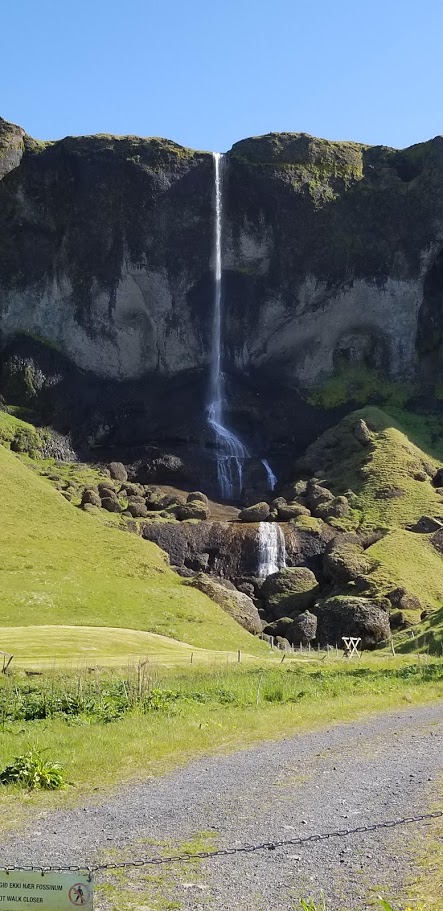
Our first stop was at the ferry landing for the Westman Islands. Although the ferry website was impossible to decipher we were able to find out way there and buy tickets with 10 minutes to spare. These remote islands are about 40 minutes from the mainland during the summer but 2 1/2 hours in the winter (the only ferries then go to Reykjavik). Unfortunately I didn’t see much during the ferry ride – I fell asleep due to the short over night flight. We found a local guide when we got off the ferry and had a great introduction to Iceland. We saw the area of the volcanic eruption that covered much of the northern hemisphere with ash in 2010 and resulted in the largest air-traffic shut-down since World War II. We had our first puffin sightings.
We decided to skip any sights along the south coast since we planned to go to those areas with Eric and Rob. We headed to the Jokulsarlon Glacier Lagoon – wow!
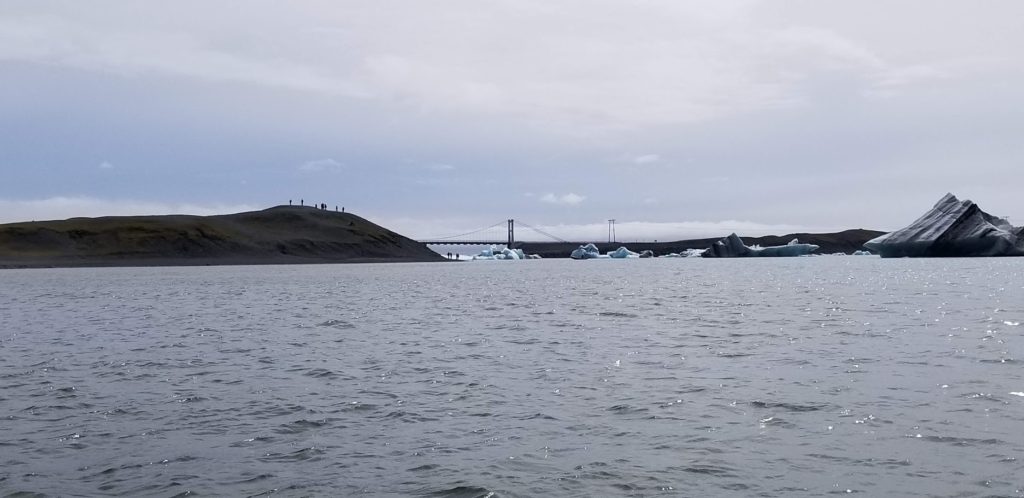
We decided to wait to take a boat ride until we returned wit Eric and Rob.
A drive up the east coast takes you past beautiful fjords and lovely places to walk and admire the views. We had lunch in Hofn, a town known for their lobsters – good thing we had a high limit on our credit card: lunch for two was almost $100 and we didn’t have anything to drink besides coffee. That experience was a one and done. We stayed in Egilsstadir that night. Dinner was in a picturesque coastal town, Seydisfjordur, with a pretty church and a rainbow path.
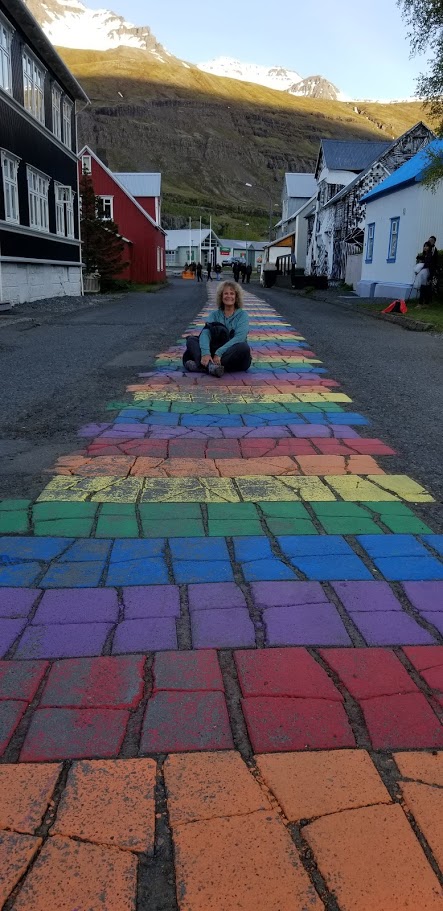
Going to sleep proved to be challenging since there was no night darkness. The sun got dusky around midnight and started rising again around 3 am. All of the places we stayed had blackout shades but there was a good-news, bad-news about the day length: fun to continue seeing the sights long past when we should have been settling in for the night but definitely messed with our diurnal rhythms.
Next stop Dettifoss.
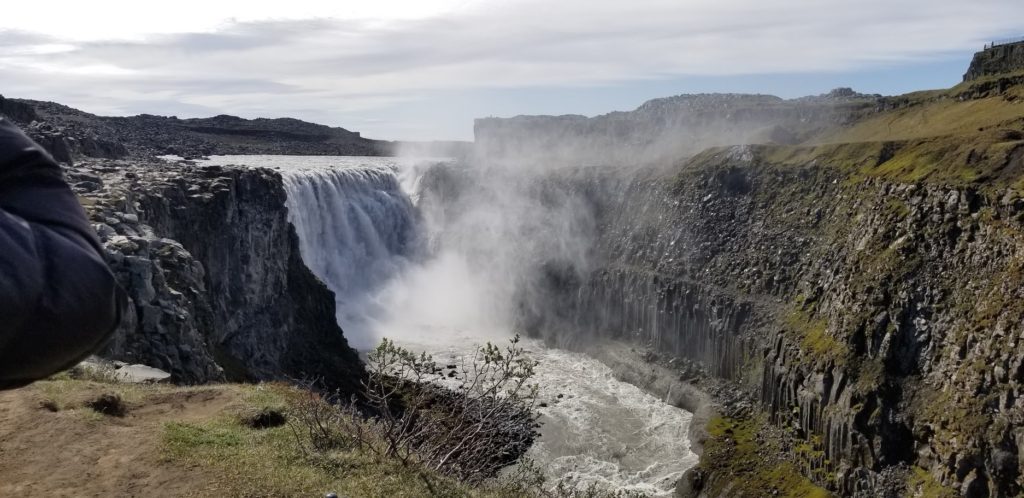
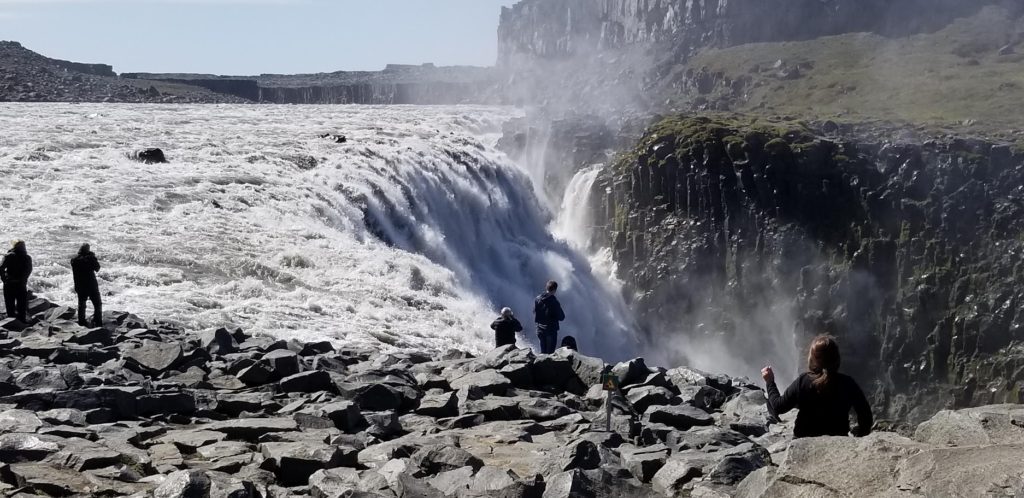
Myvatn was our next stop. Our innkeeper recommended a local geothermal spa (think Blue Lagoon but not famous). It was a wonderful way to relax after a long day of exploring.
Tip: make hotel reservations in advance – there aren’t a lot of places outside the typical tourist areas
So…

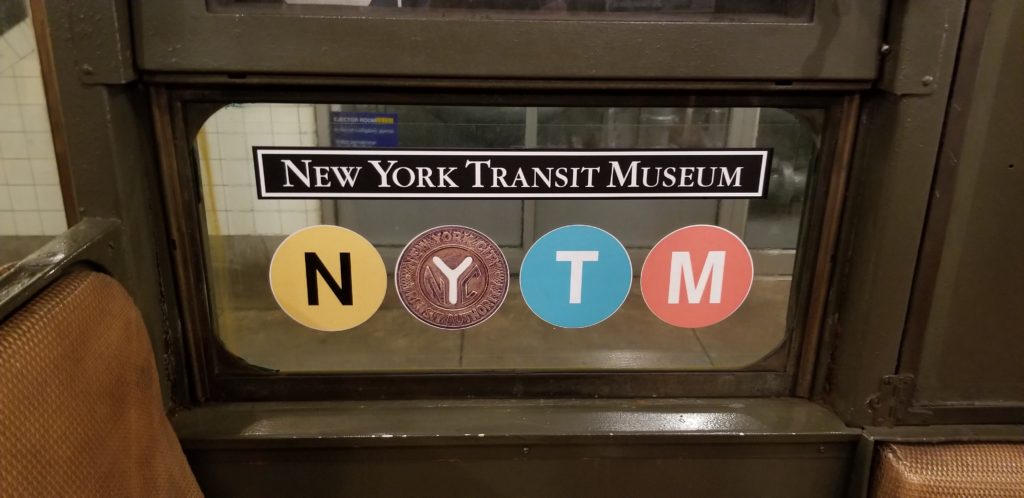
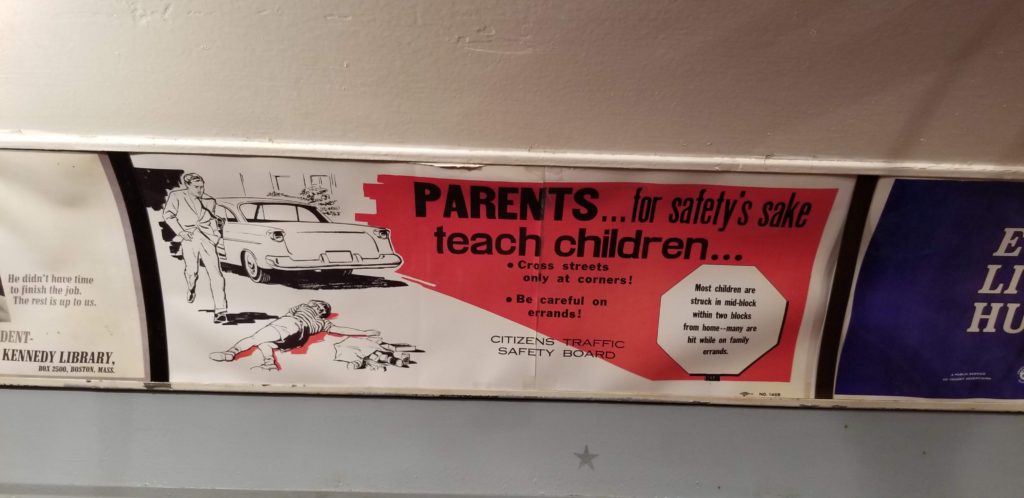
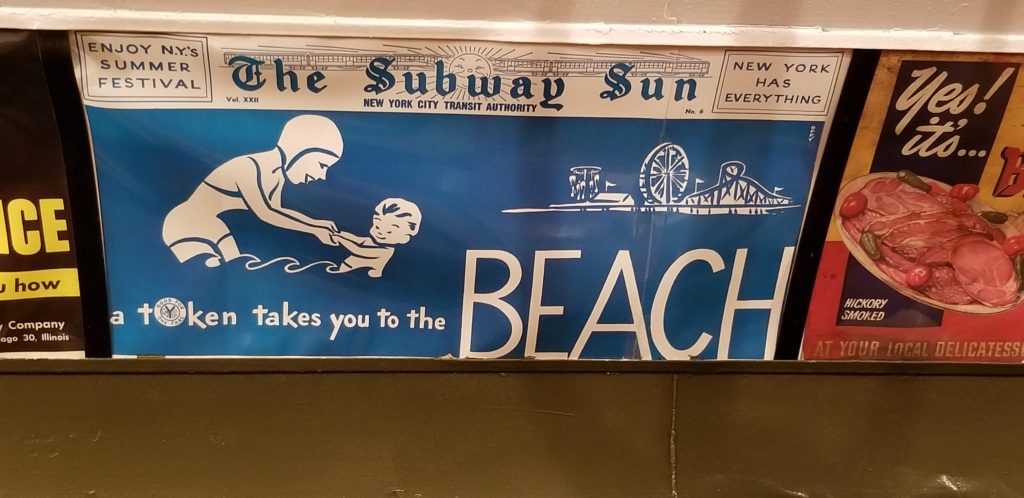
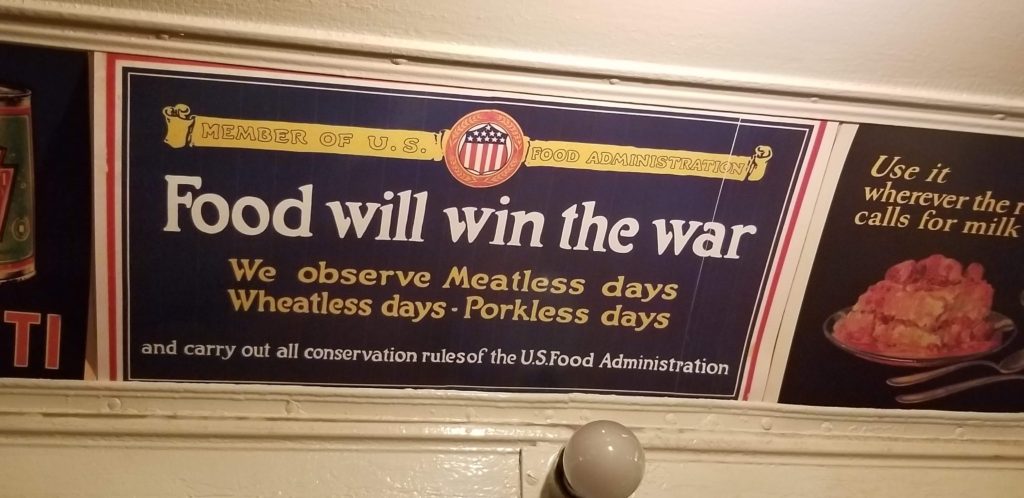
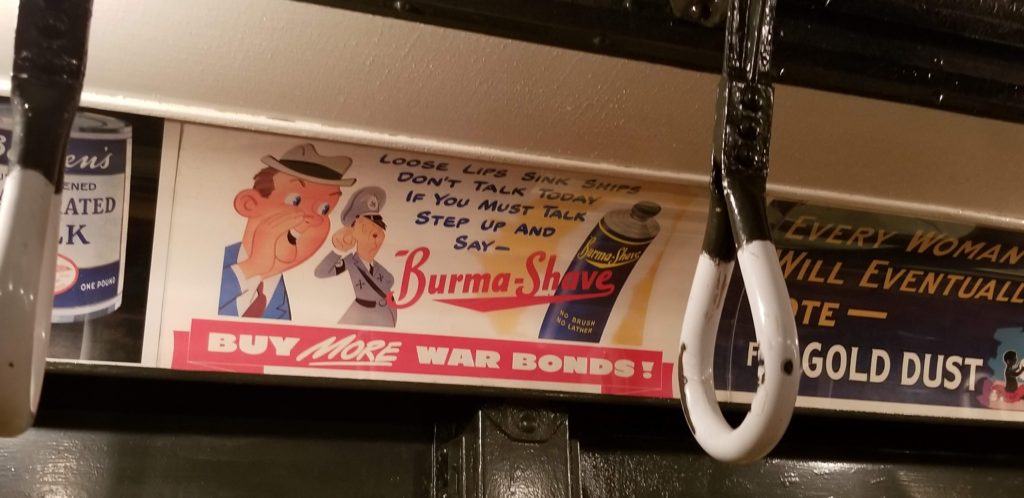
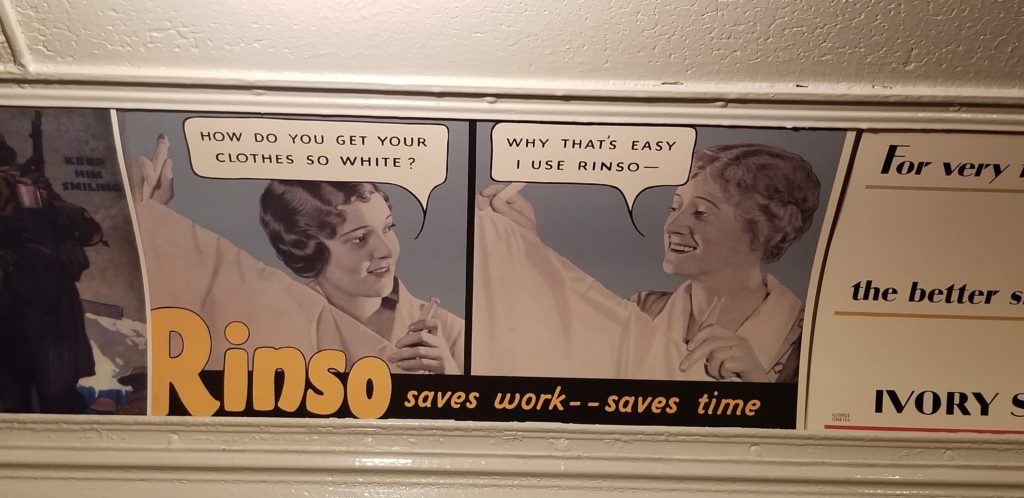
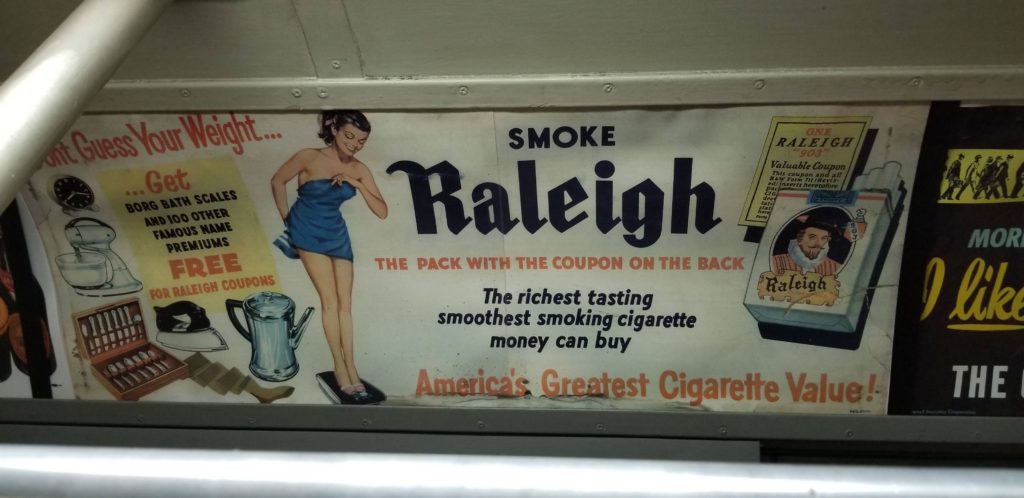
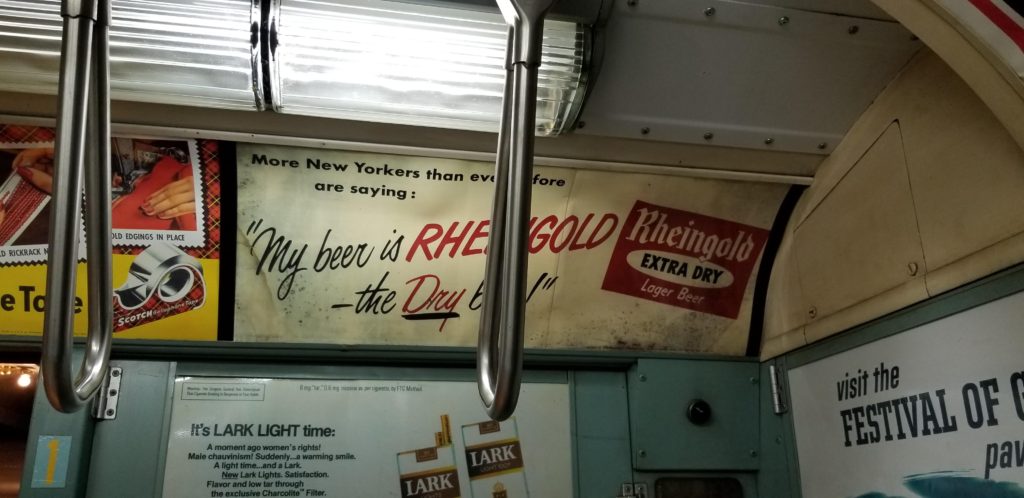
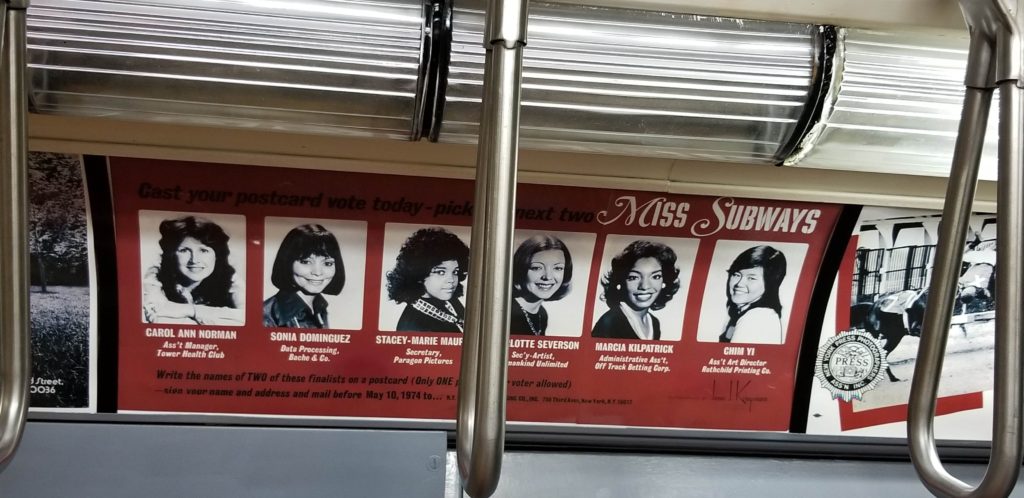
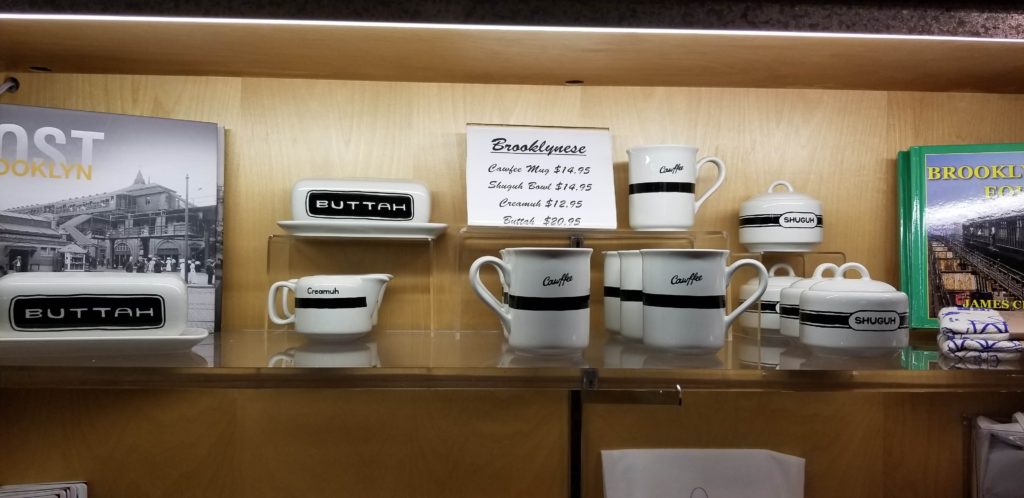
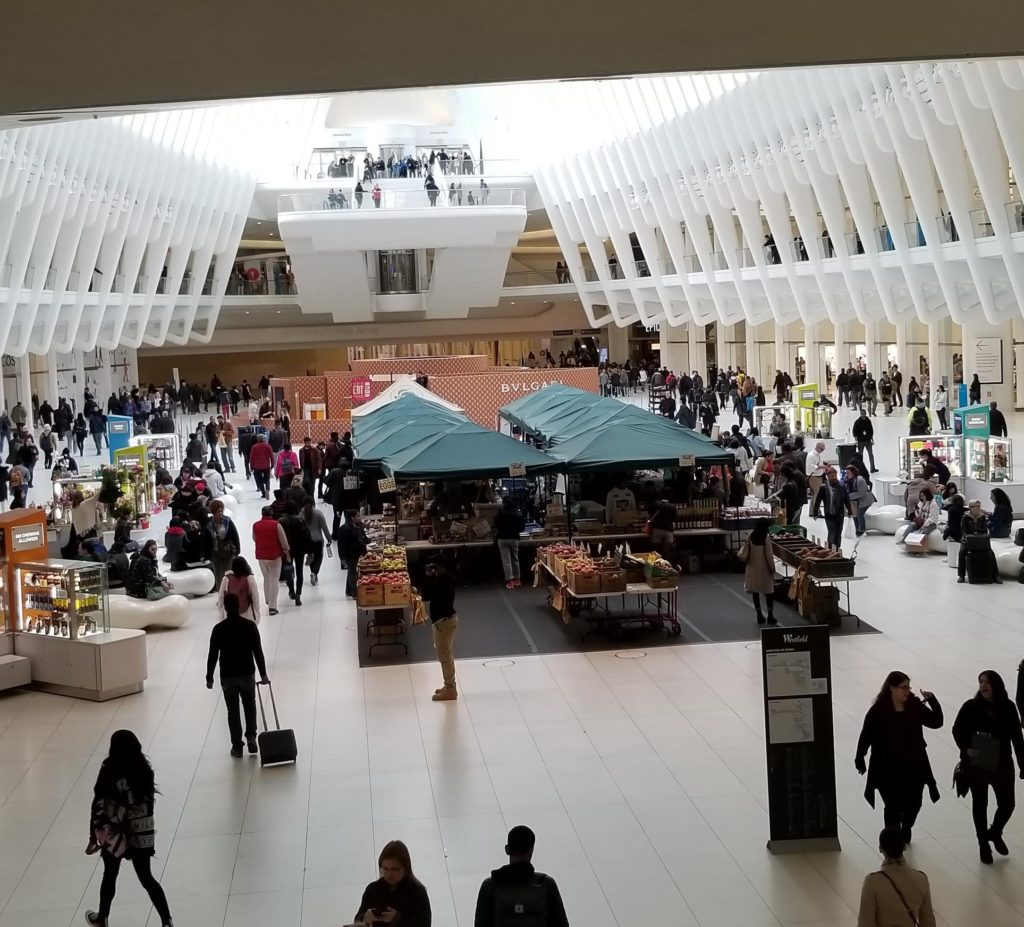
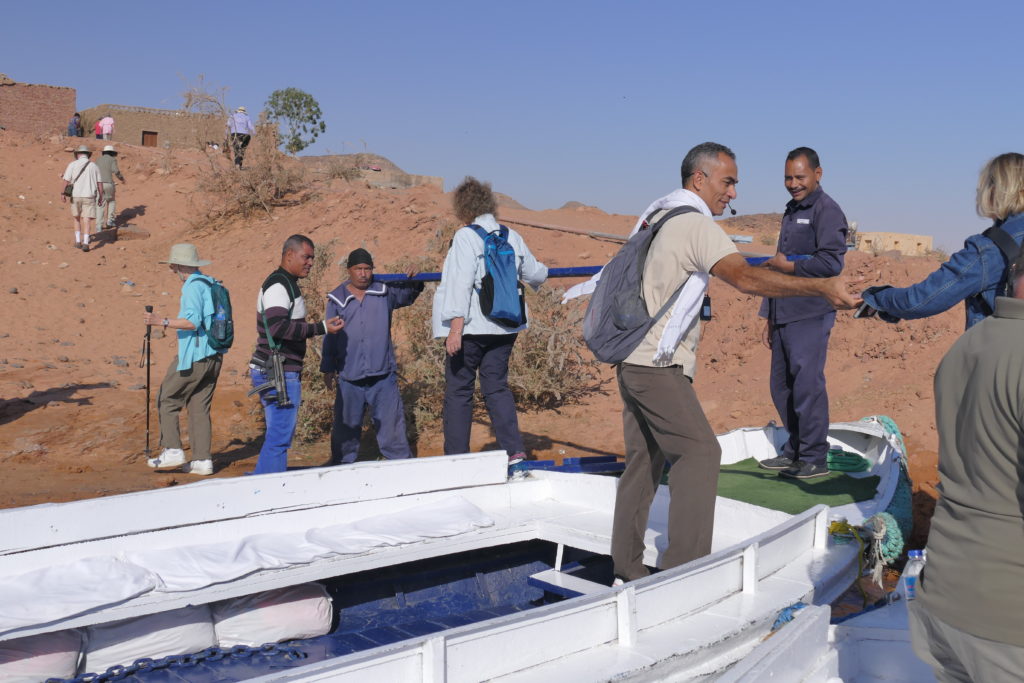
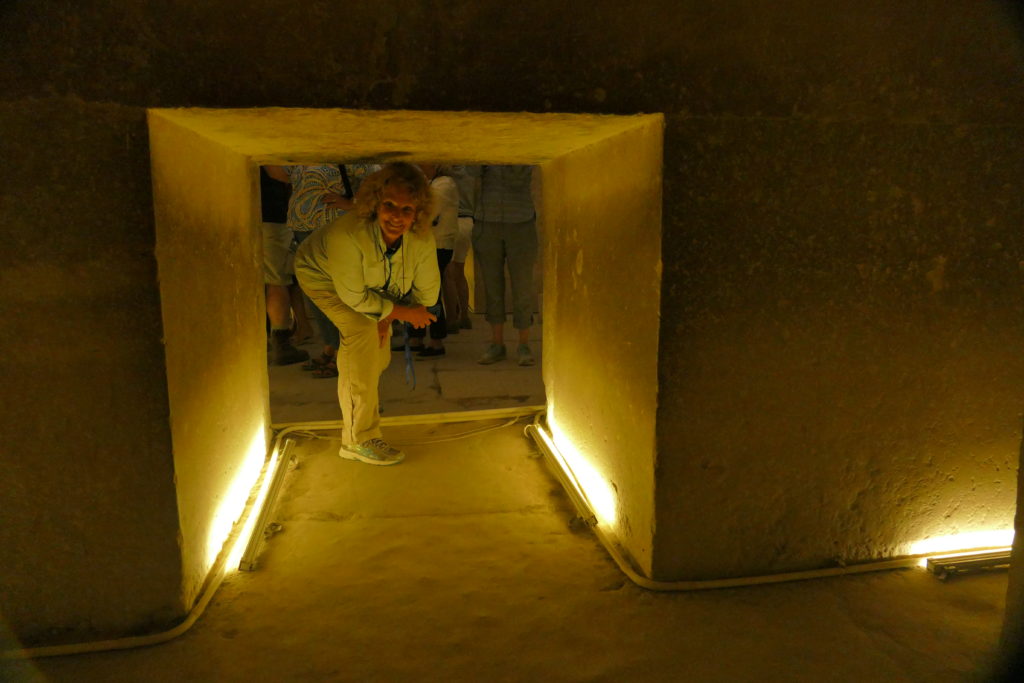
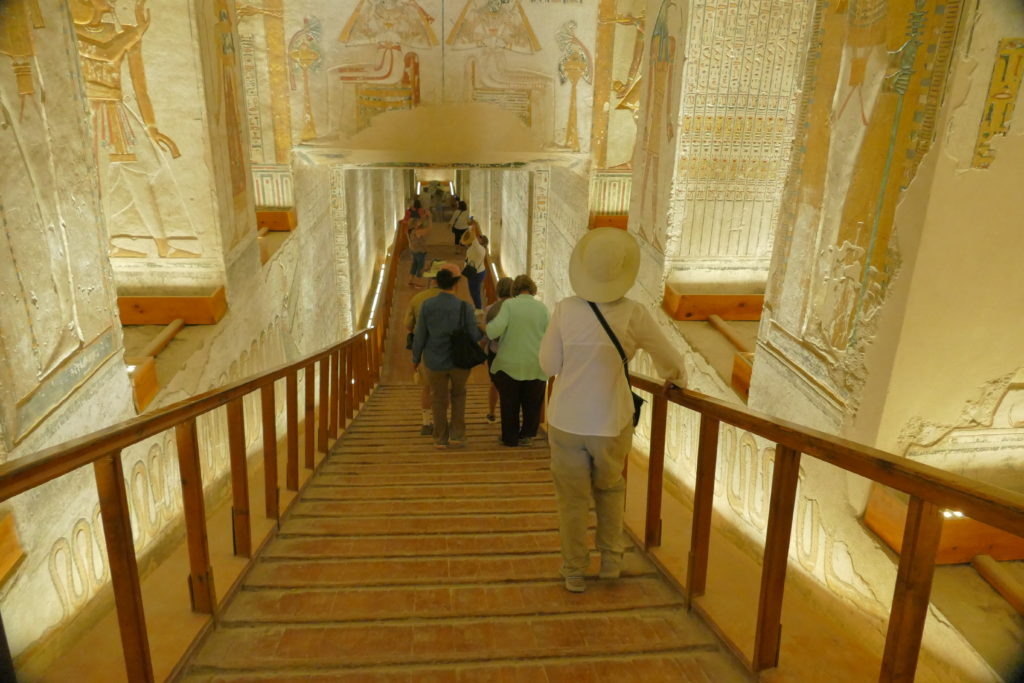
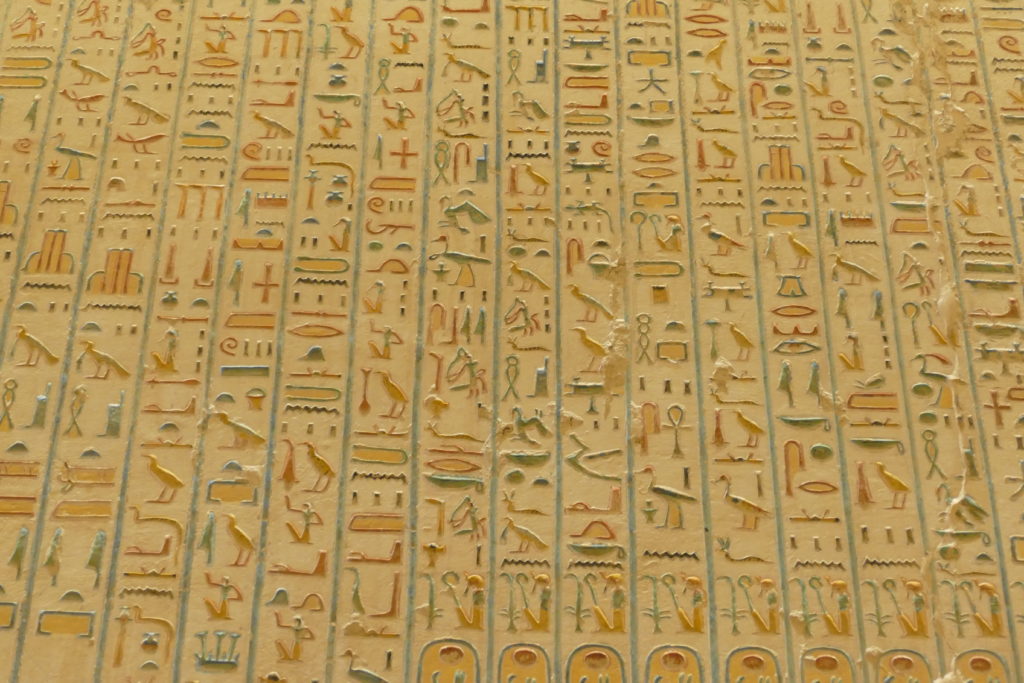
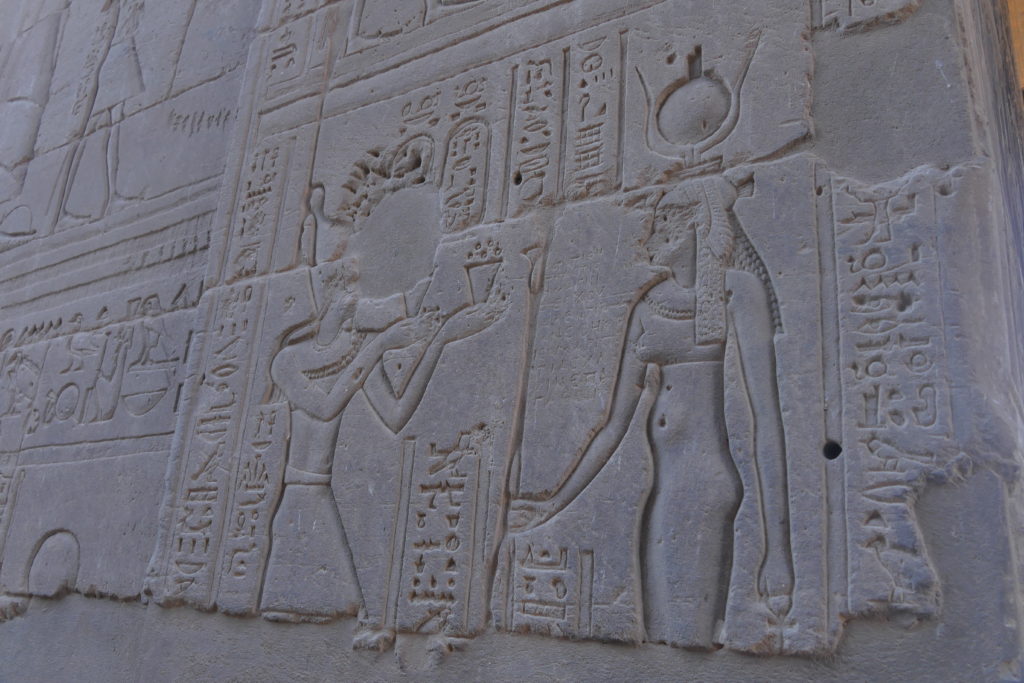
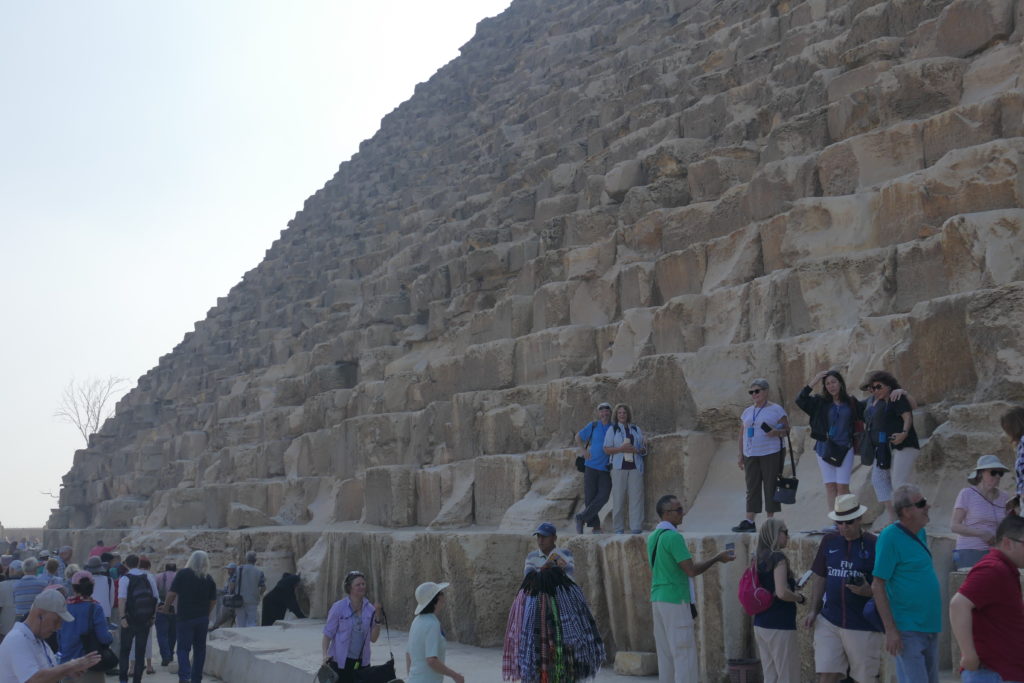
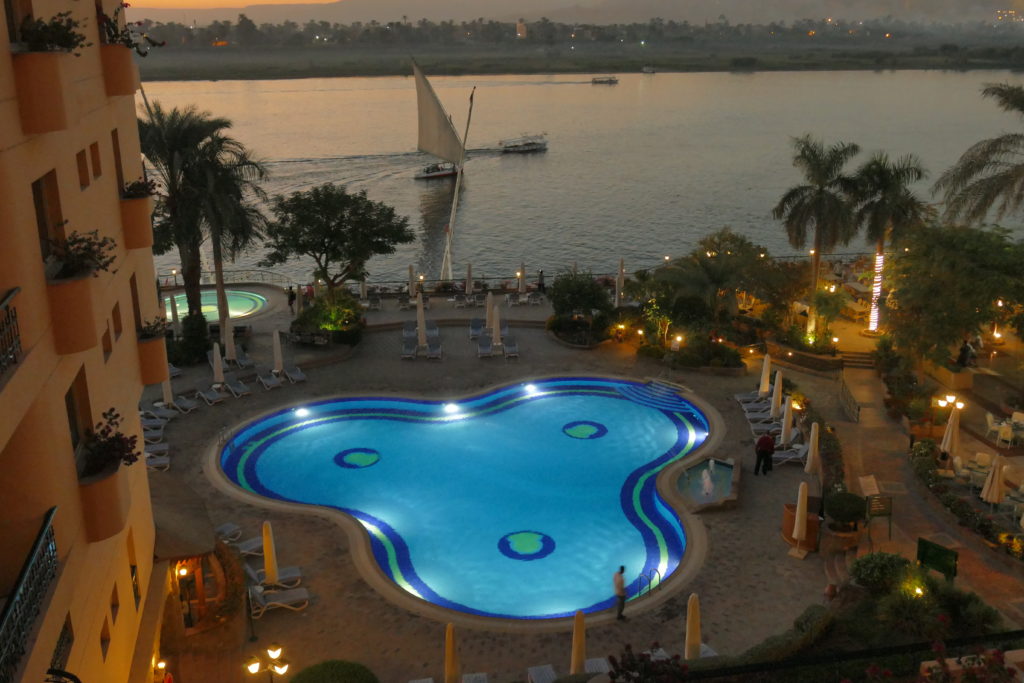
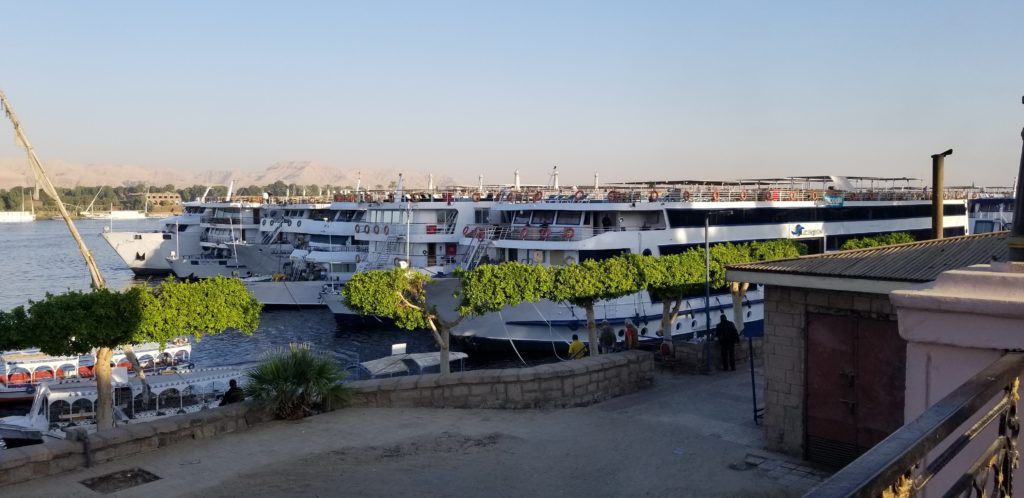
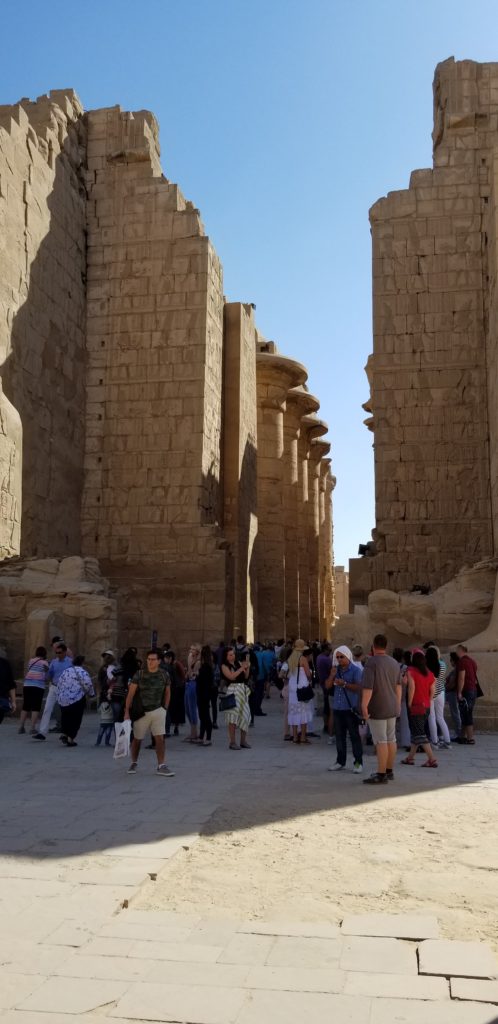
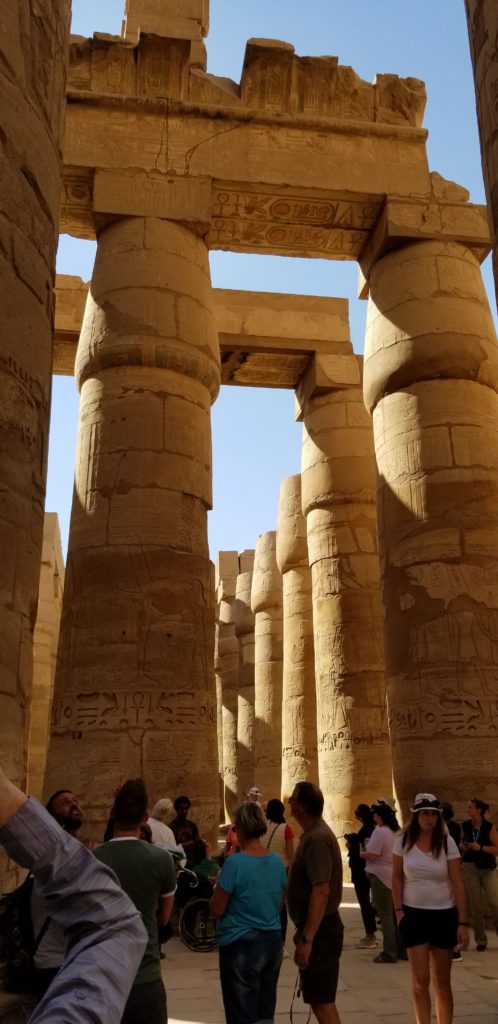
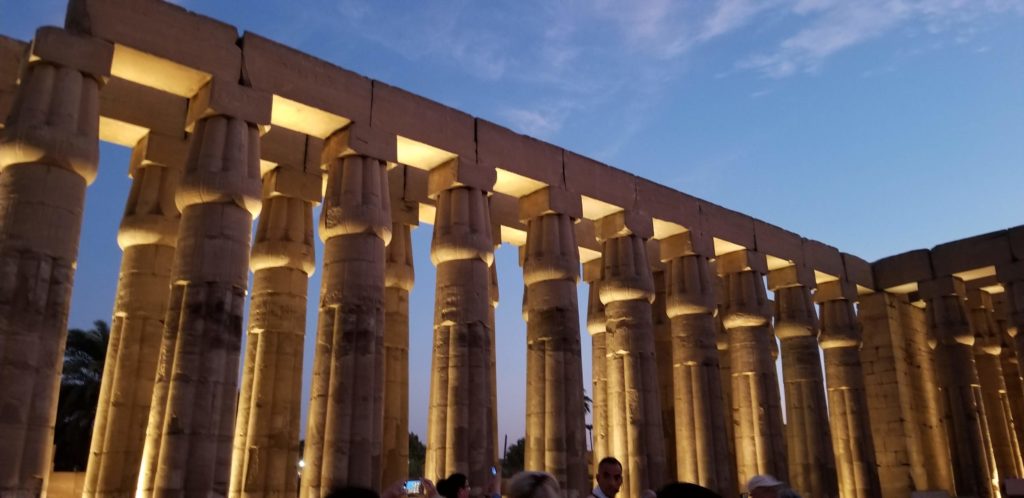
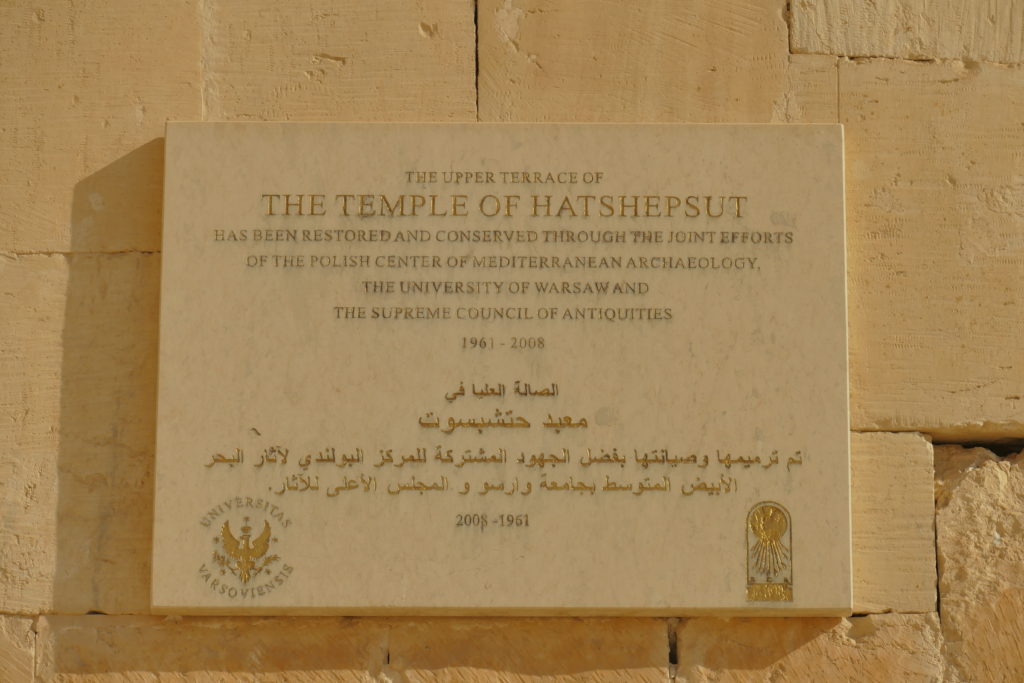
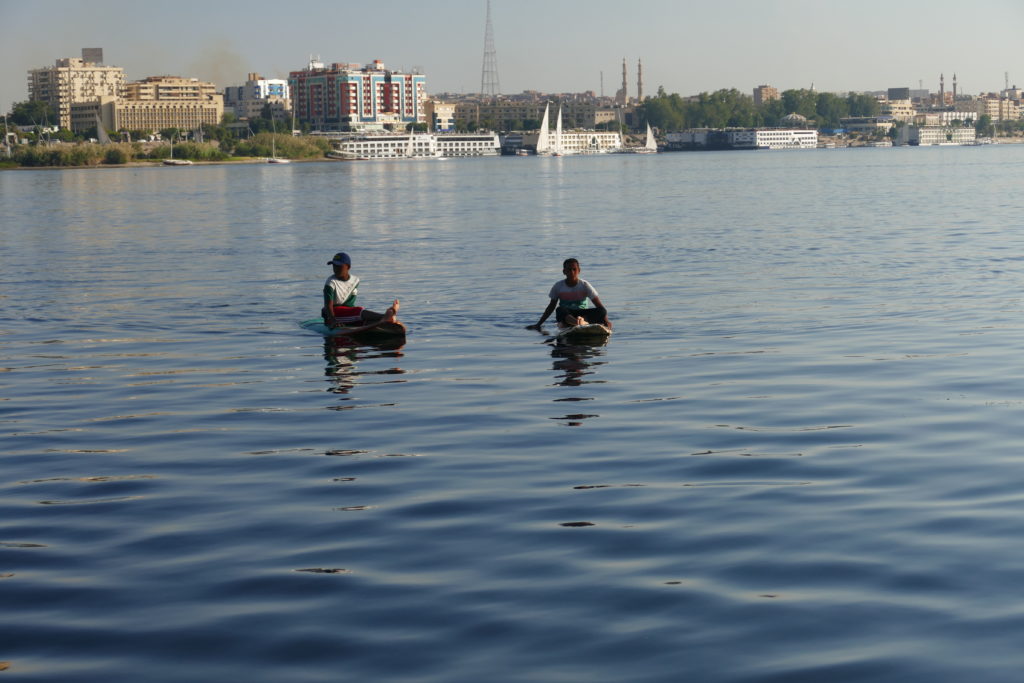
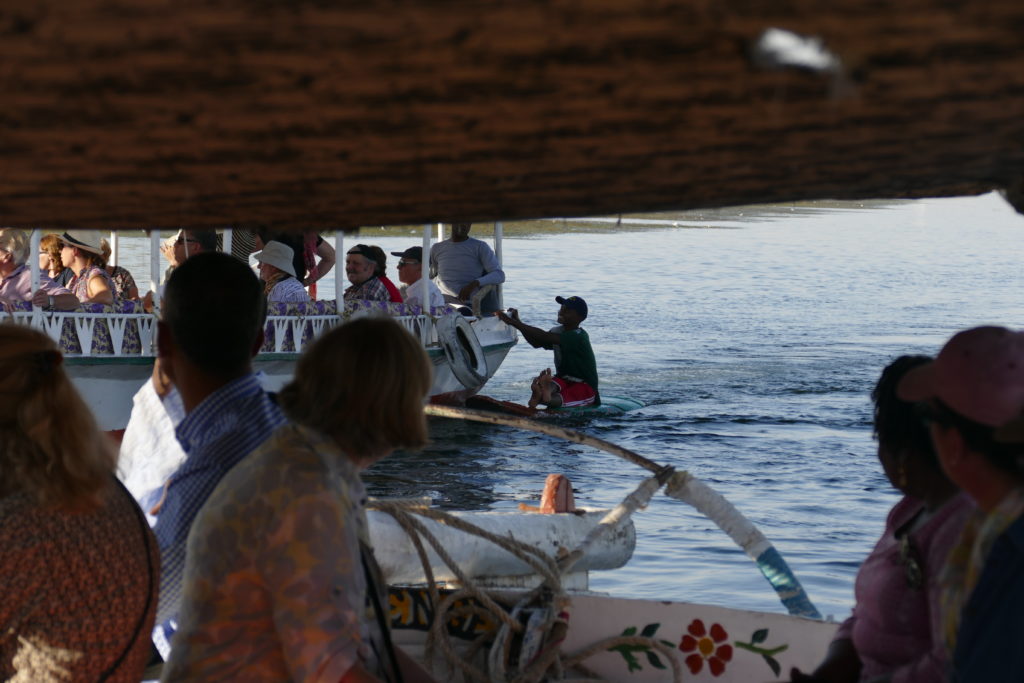
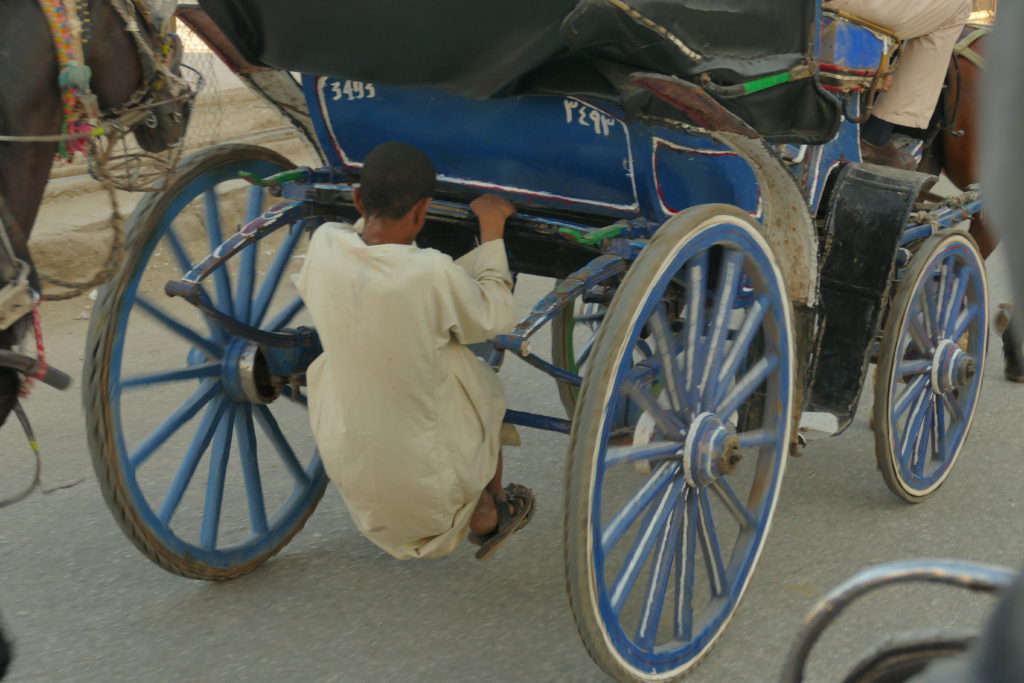
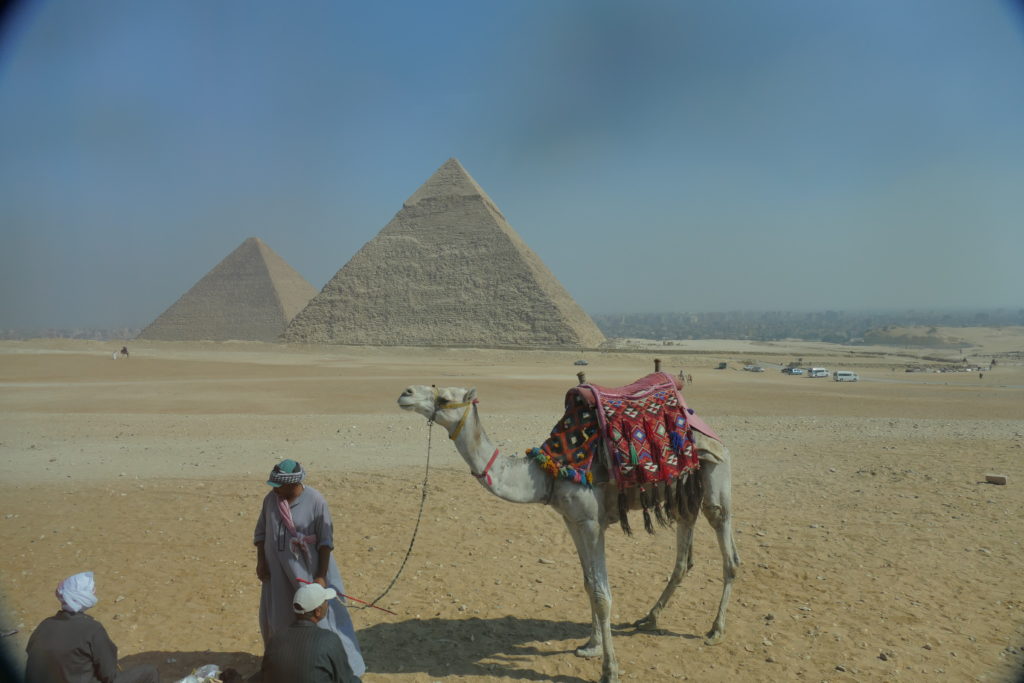
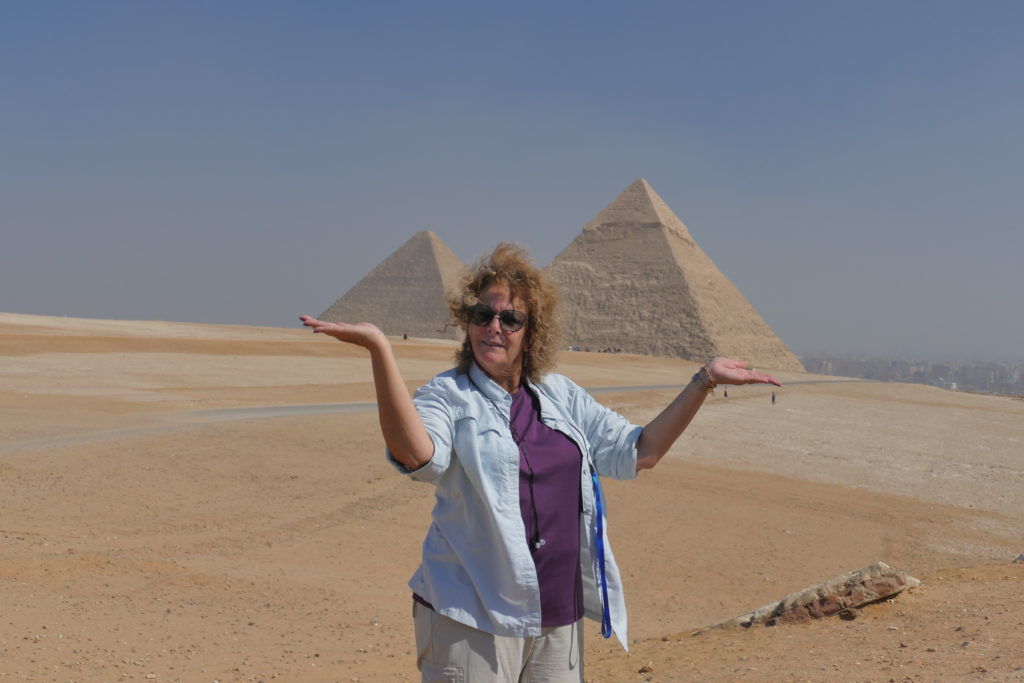
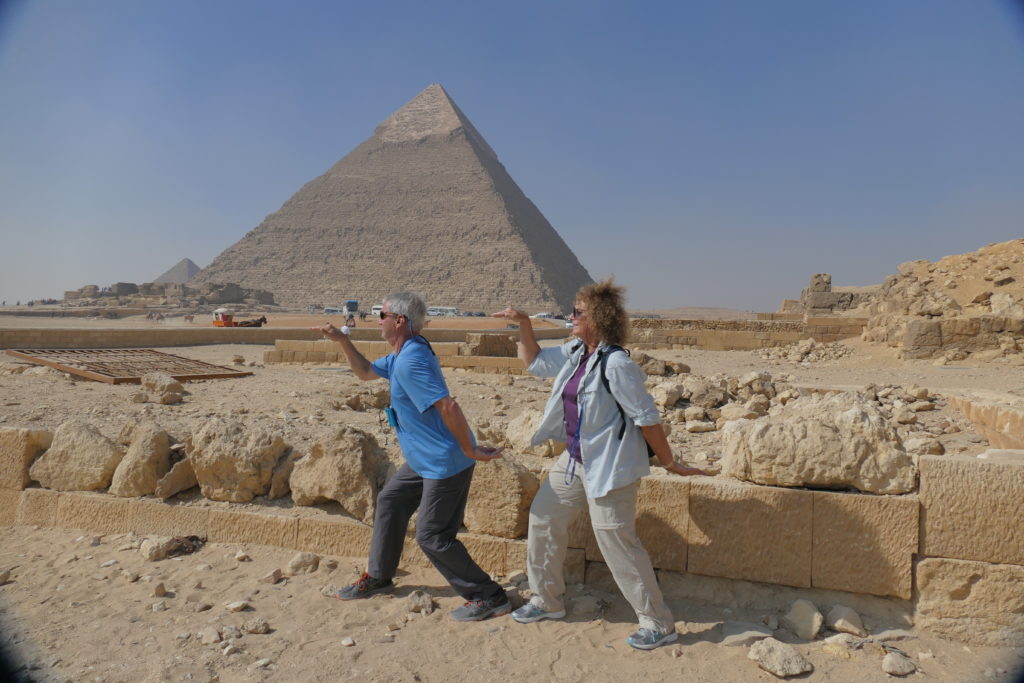
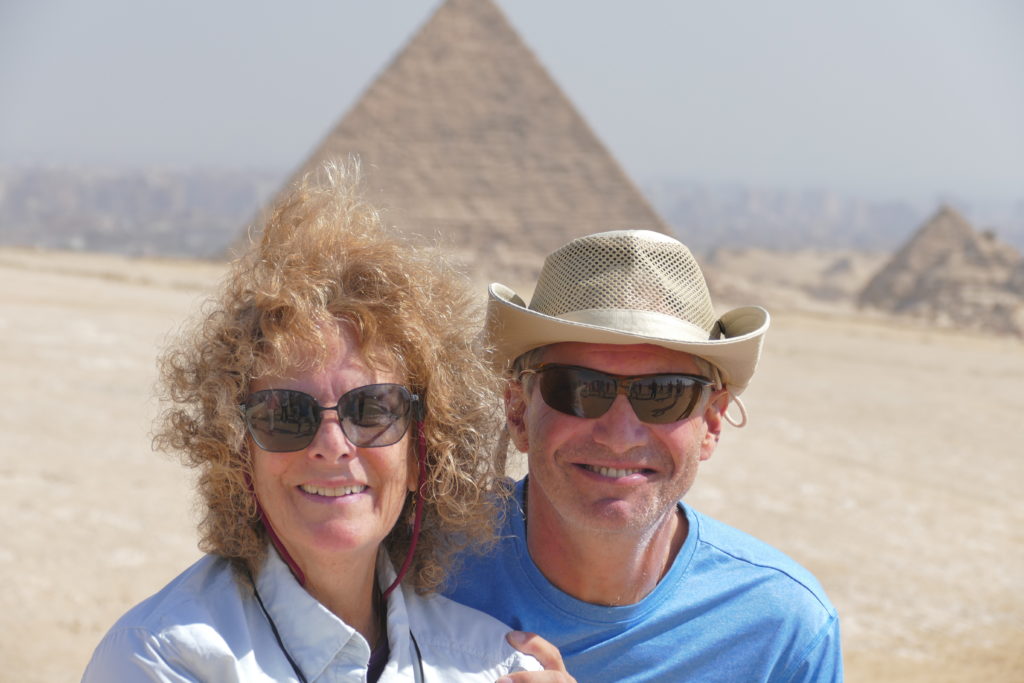
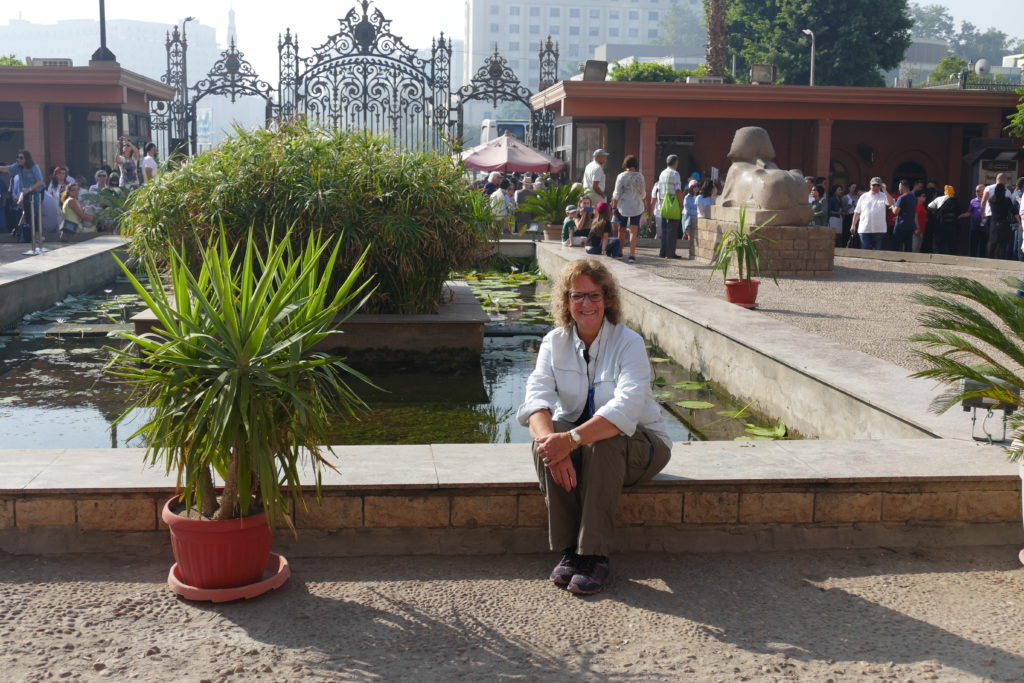
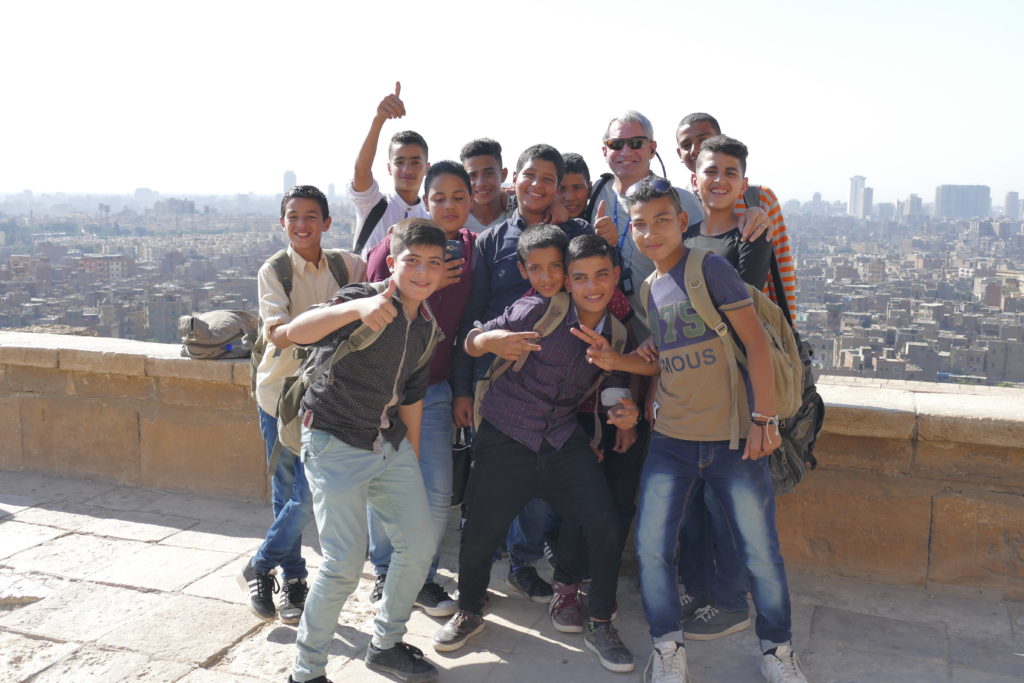
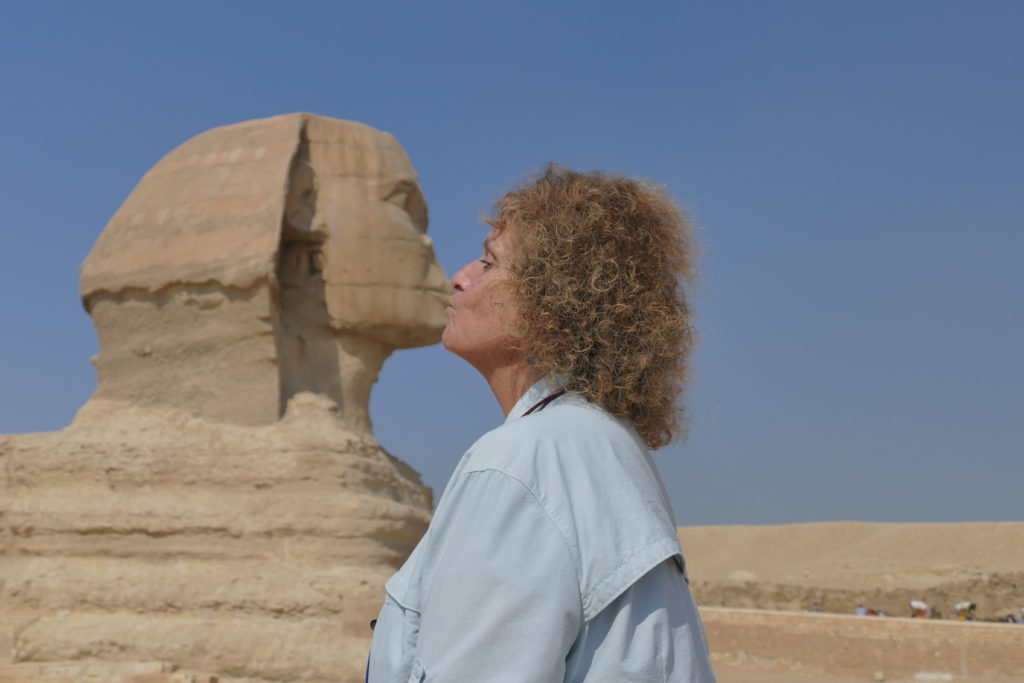
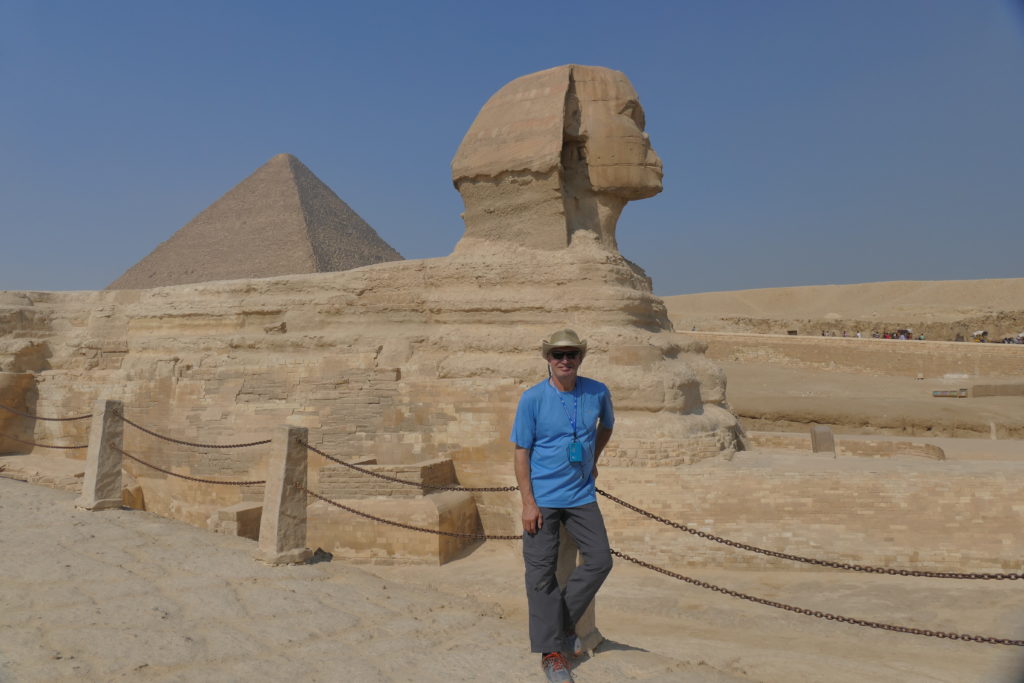
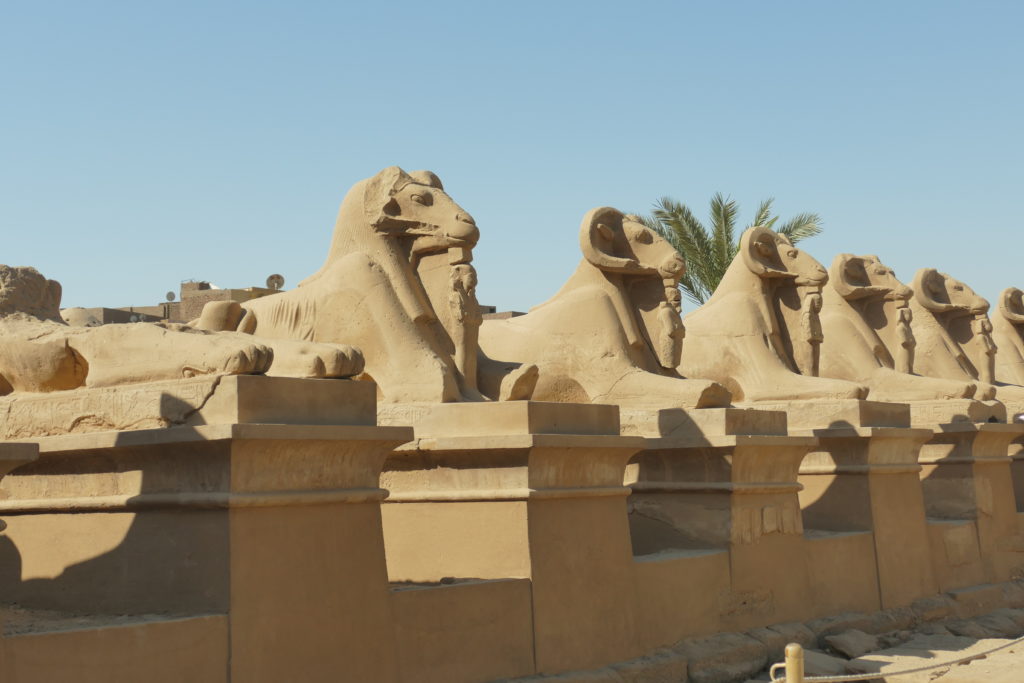
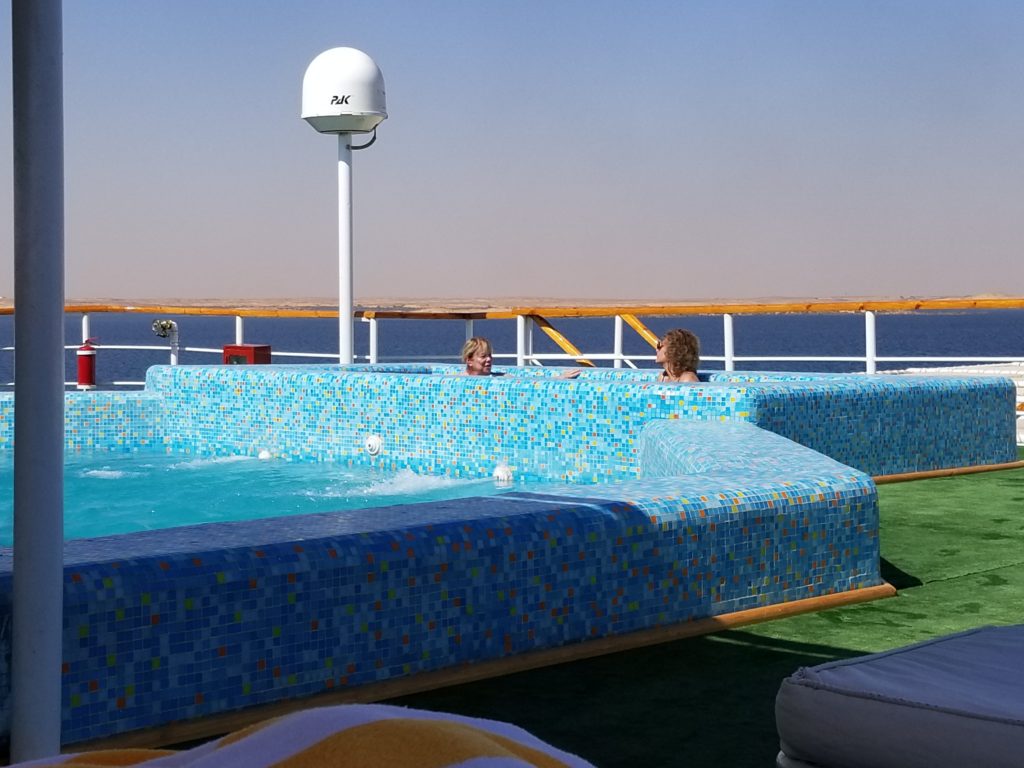
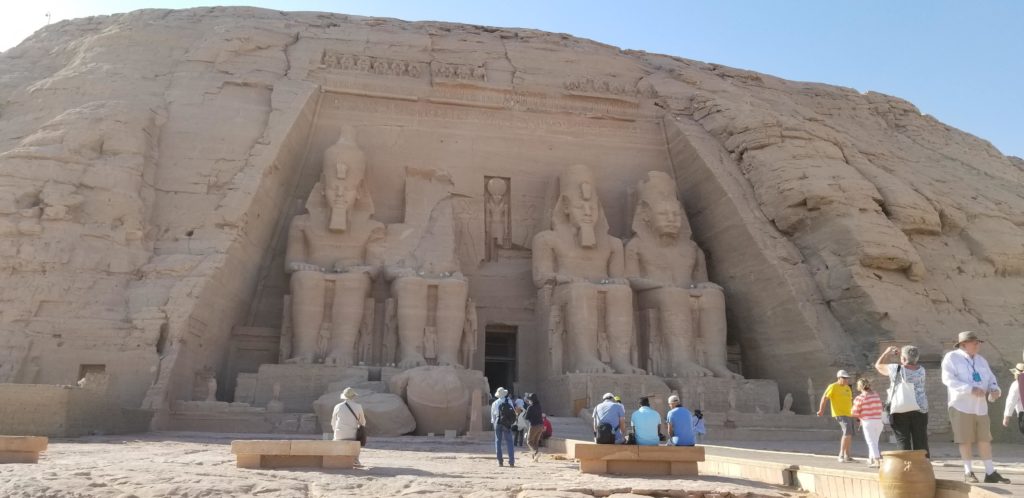
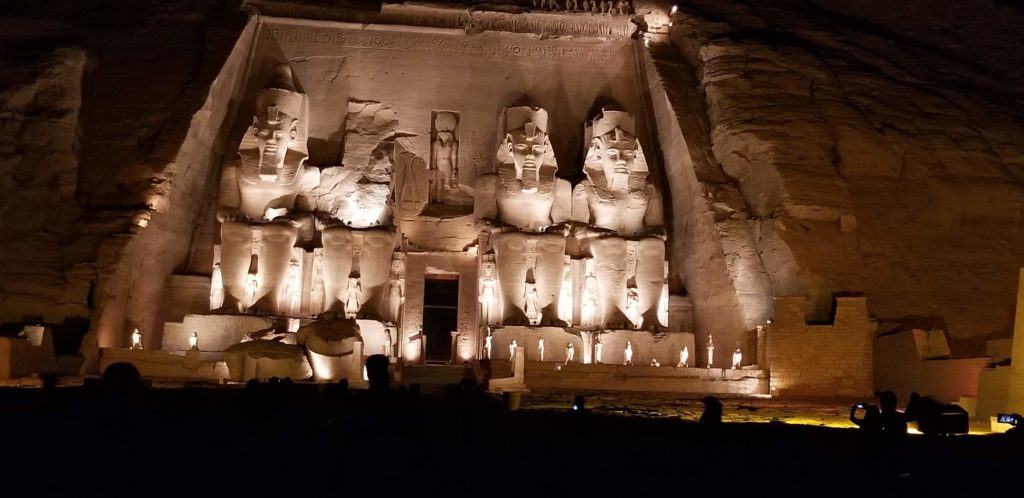

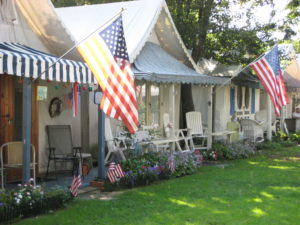
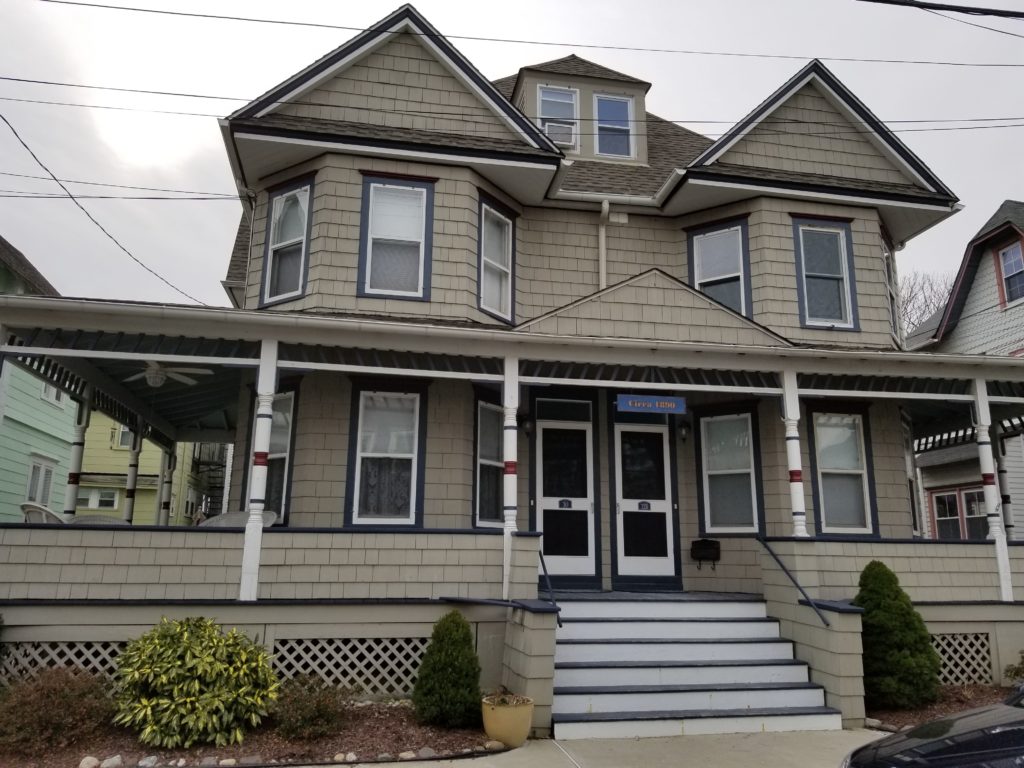
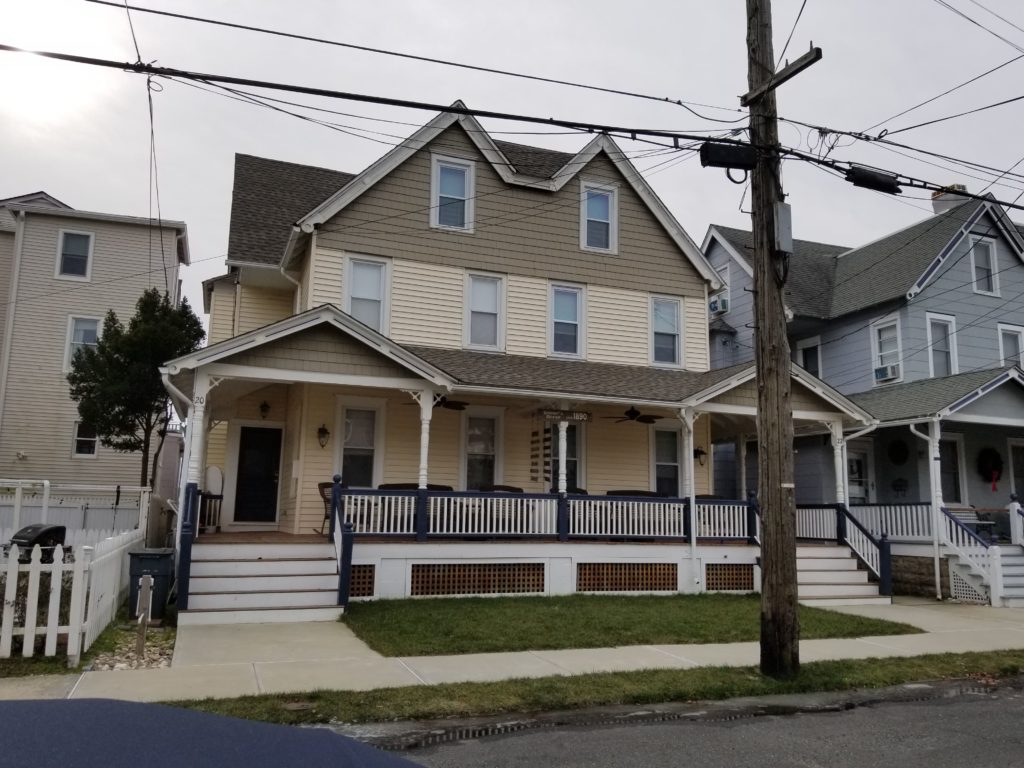
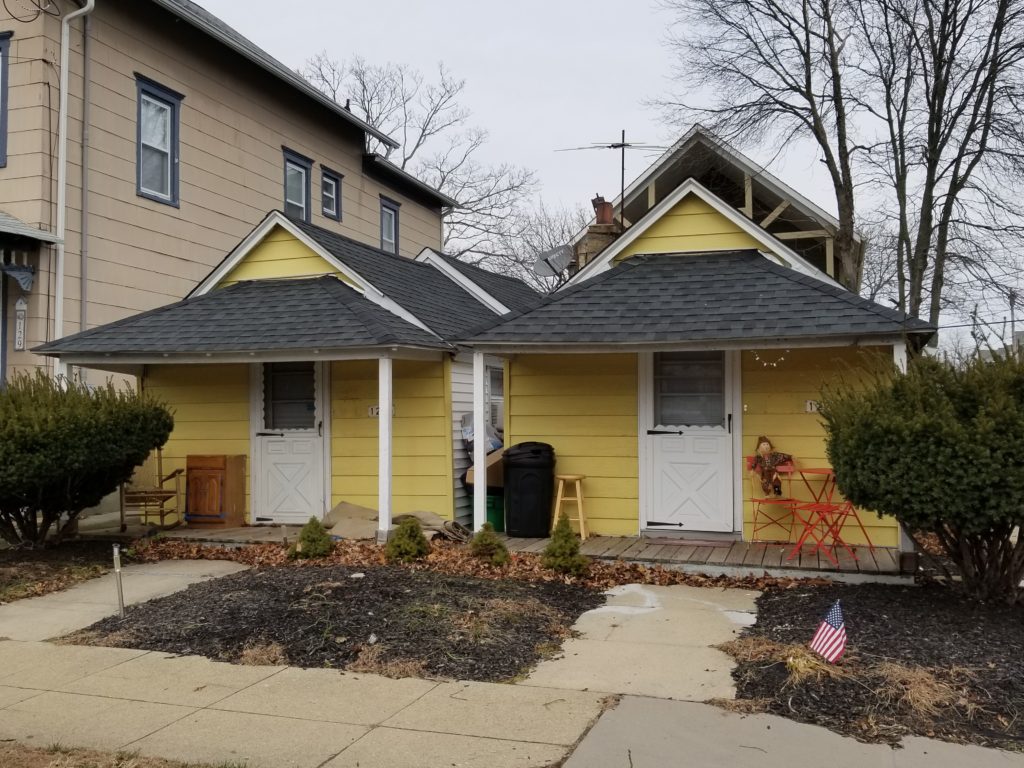
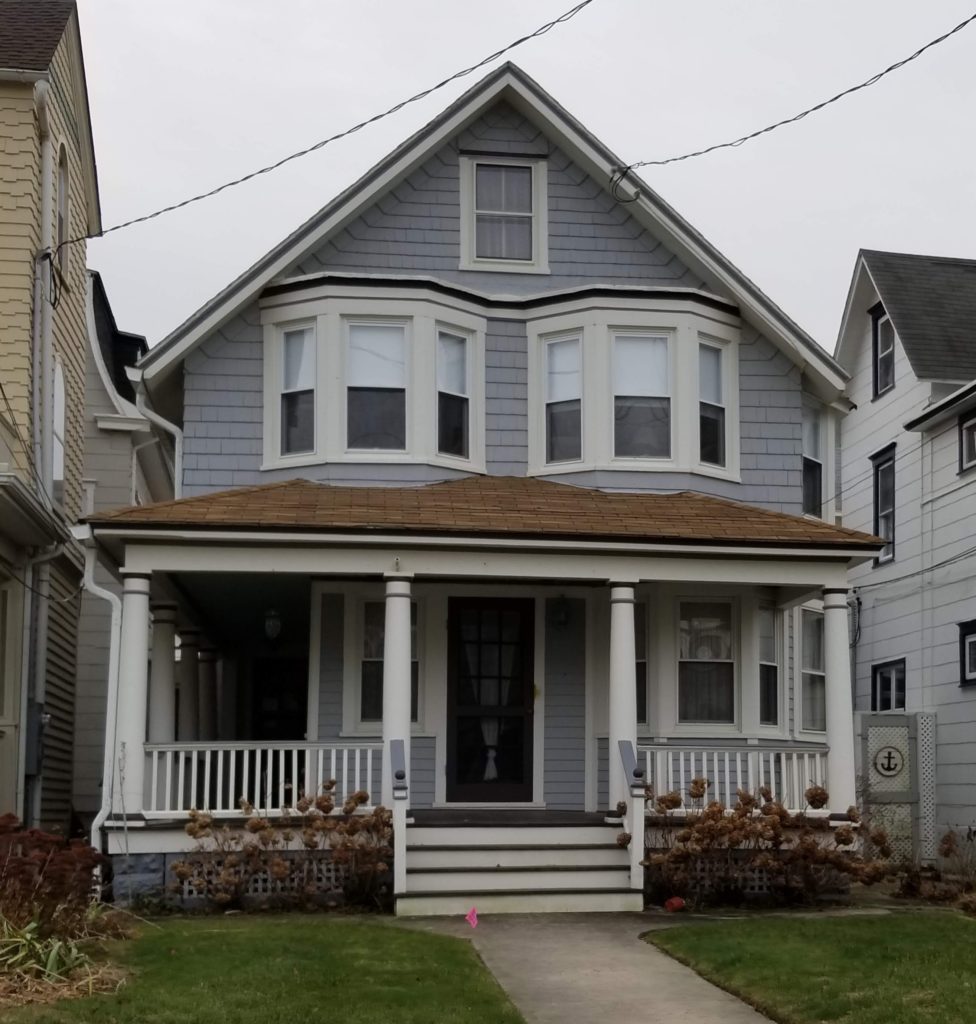
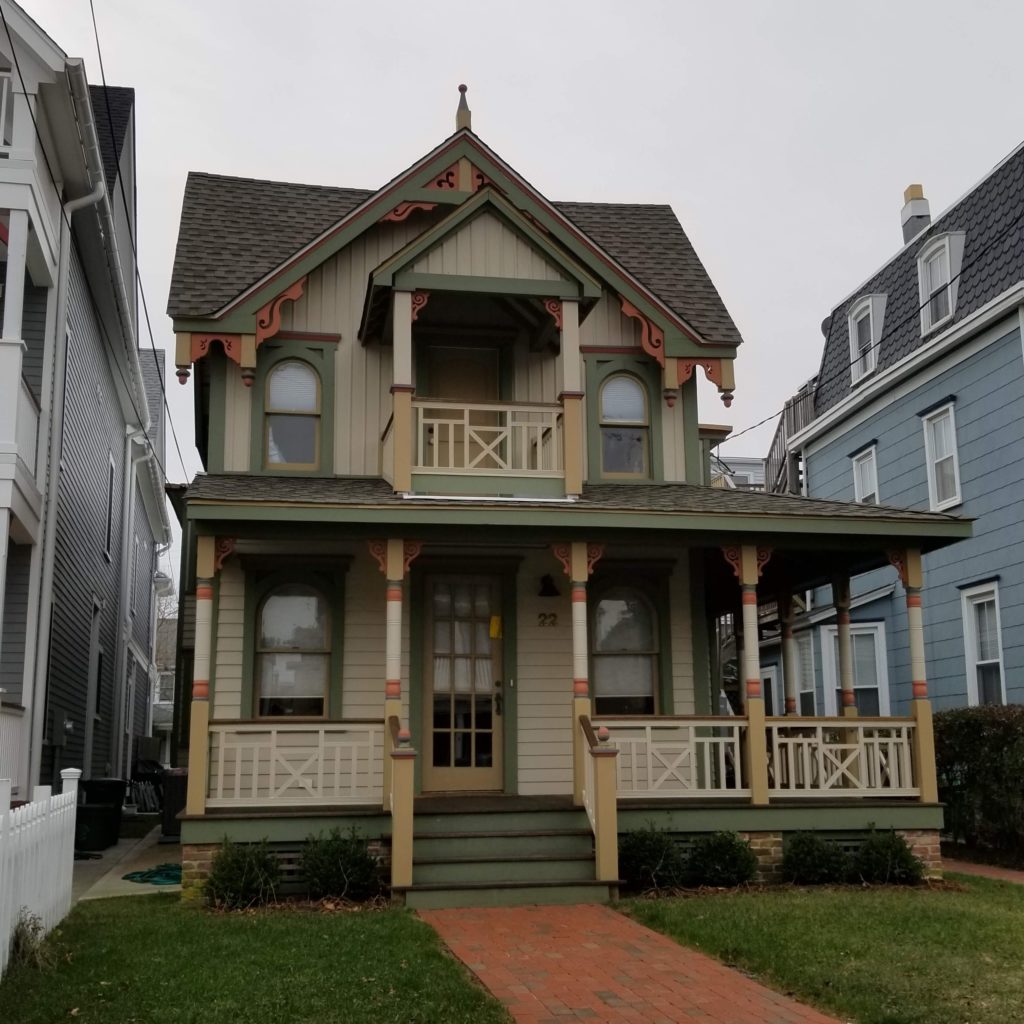
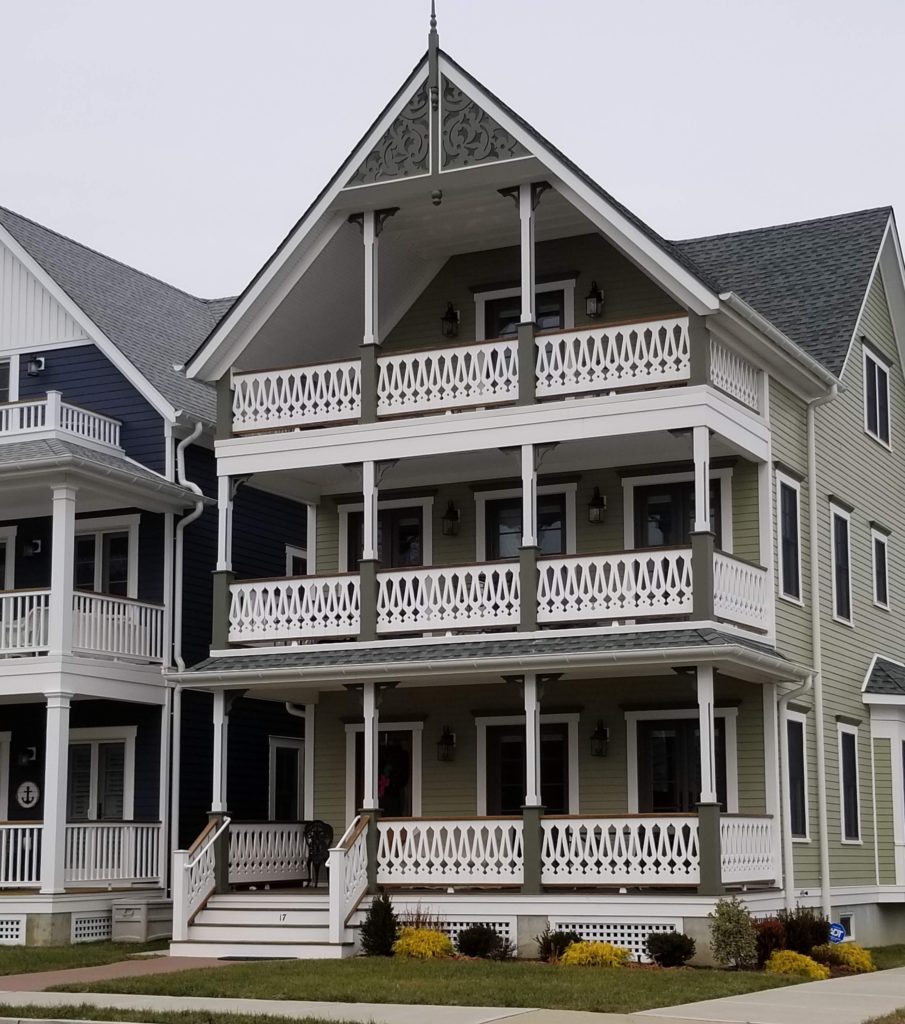
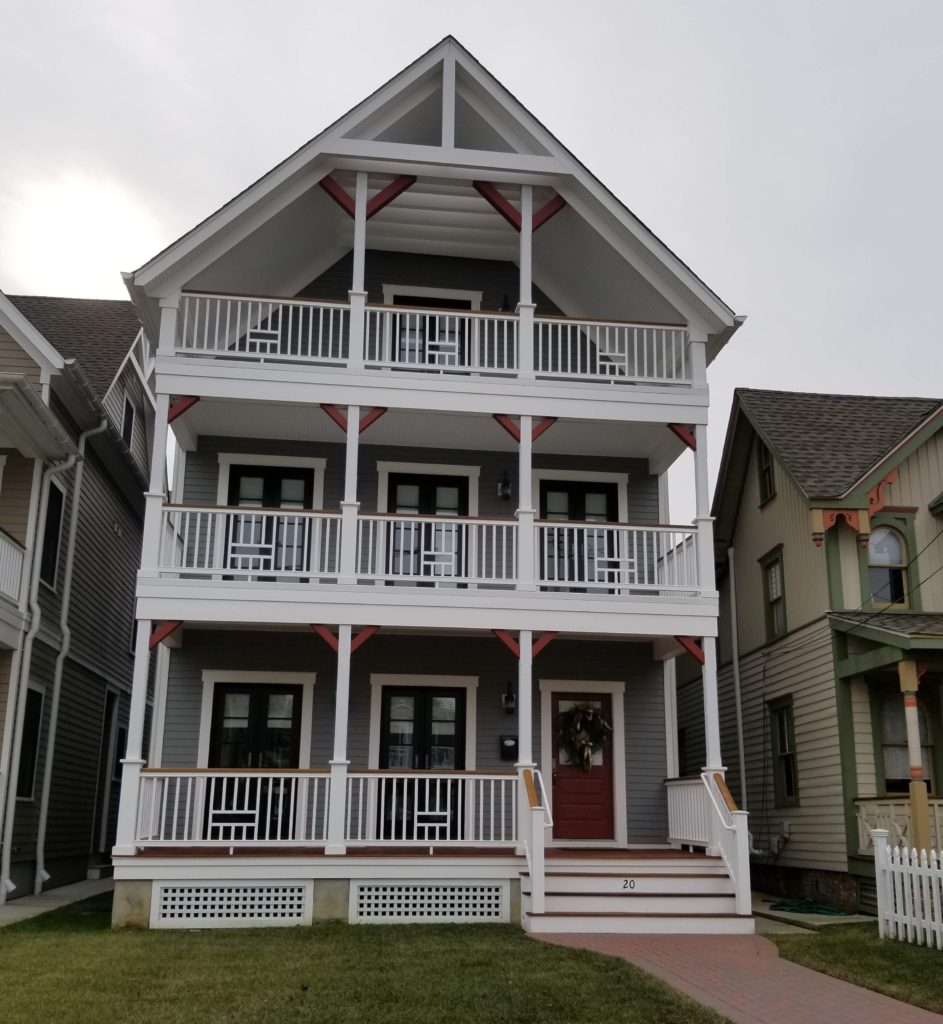
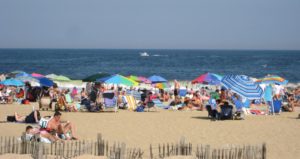
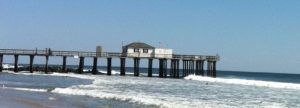
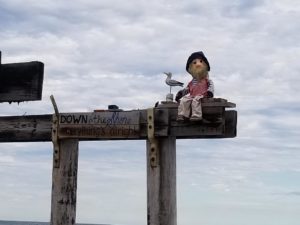
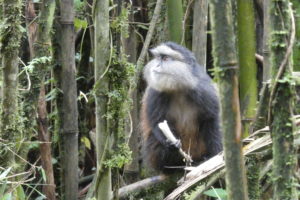
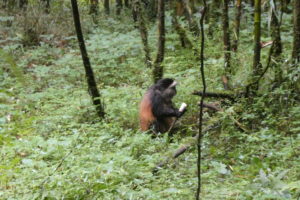
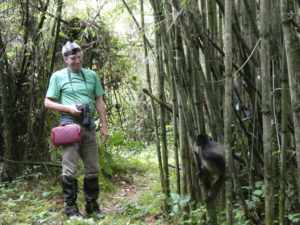
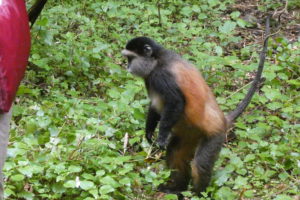
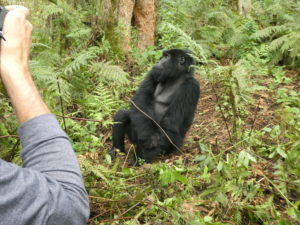
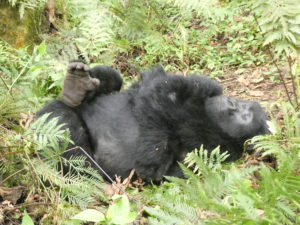
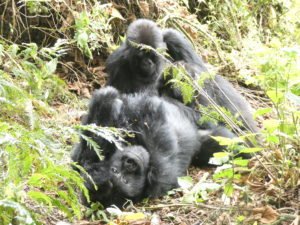
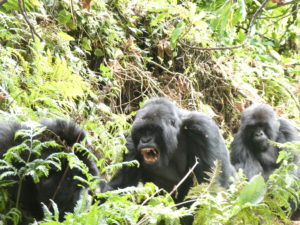

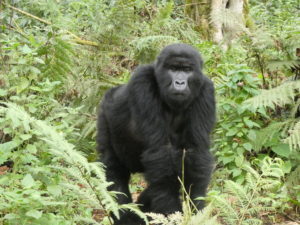



 This is Jeff getting a hunting lesson
This is Jeff getting a hunting lesson
 Our guide surprised us lunch after our visit
Our guide surprised us lunch after our visit